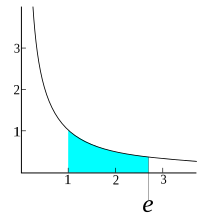
Photo from wikipedia
Land cover change detection (LCCD) with very high-resolution remote-sensing images (VHR_RSIs) is important in observing surface change on Earth. However, pseudo-changes usually reduce the accuracy of the detection map. In… Click to show full abstract
Land cover change detection (LCCD) with very high-resolution remote-sensing images (VHR_RSIs) is important in observing surface change on Earth. However, pseudo-changes usually reduce the accuracy of the detection map. In this article, a novel piecewise distance based on adaptive region key-points extraction called sparse key-point distance (SKPD) is developed to measure the change magnitude between the bitemporal VHR_RSIs for LCCD. The proposed approach consists of three steps. First, an adaptive region generation algorithm is promoted for exploring spatial–contextual information. Then, the adaptive region around each pixel is sparsely represented with the box-whisker plot theory, and the adaptive region is converted into a sparse key-point vector. Finally, a piecewise distance is defined to measure the change magnitude between the bitemporal images. While the entire VHR_RSIs are scanned and the proposed SKPD method proceeds on a pixel-by-pixel basis, a change magnitude image (CMI) can be generated and a binary threshold method can be applied on the CMI to obtain a change detection map. Experimental results based on four pairs of real VHR_RSIs and four state-of-the-art methods effectively demonstrated the superiority of the proposed approach for achieving LCCD with VHR_RSIs, such as the improvements for the four datasets are 5.25%, 14.76%, 18.13%, and 22.24%, respectively, in terms of overall accuracy.
Journal Title: IEEE Transactions on Geoscience and Remote Sensing
Year Published: 2023
Link to full text (if available)
Share on Social Media: Sign Up to like & get
recommendations!